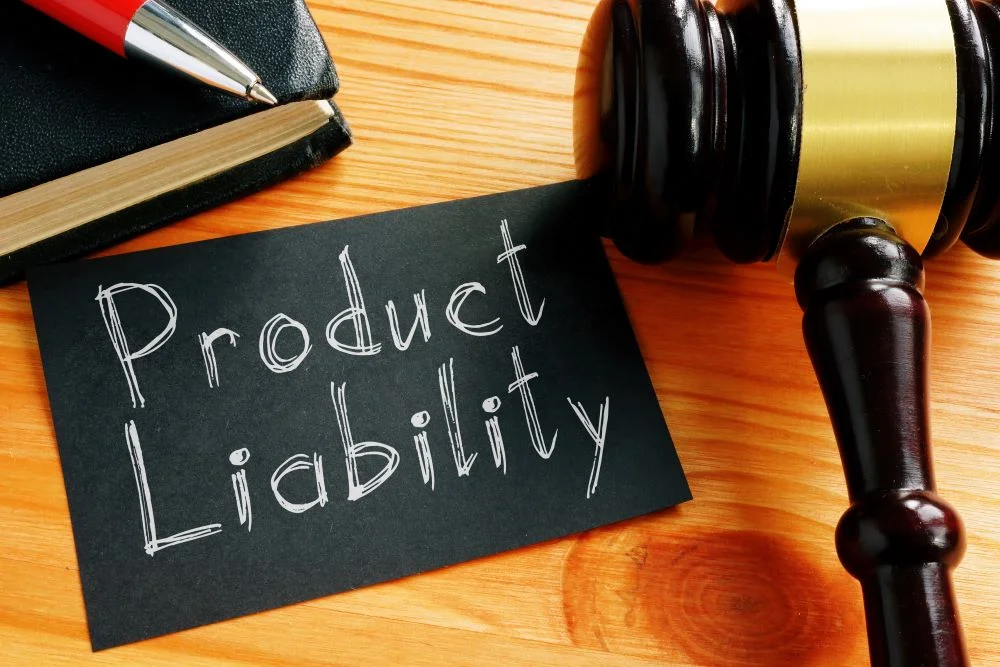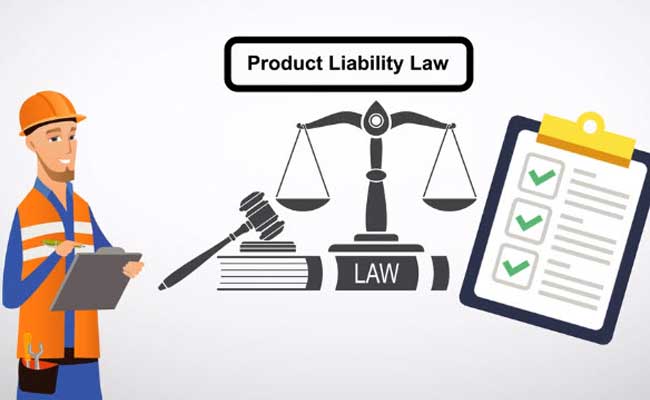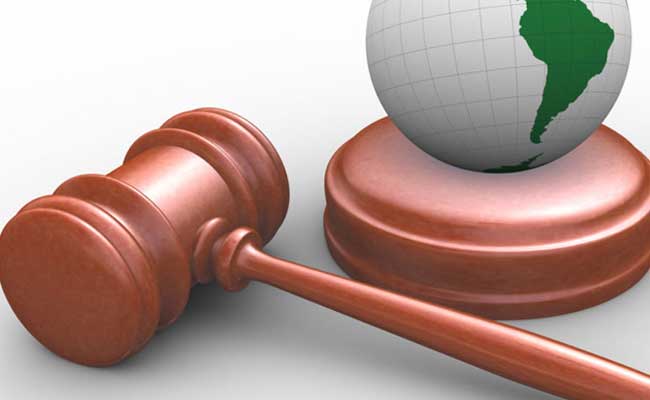Product Liability Law: As a consumer, you have the right to expect that the products you purchase are safe and free from defects. Unfortunately, that is not always the case, and defective products can cause serious injuries or even death. That is where product liability law comes into play. In this article, we will discuss what product liability law is, how it works, and what you need to know if you are ever injured by a defective product.
What is Product Liability Law?

Product liability law refers to the legal responsibility that manufacturers and sellers have for injuries or damages caused by their products. This includes any product that is sold or distributed to the public, from cars and electronics to food and medication.
In general, product liability law is based on the idea that manufacturers and sellers have a duty to make sure their products are safe and free from defects. If they fail to do so, and someone is injured as a result, they can be held liable for the damages caused.
How Does Product Liability Law Work?
Product liability cases can be complex, and there are several different types of claims that can be made. The most common types of product liability claims are based on defects in design, manufacturing, or marketing.
Design Defects:
A design defect is a flaw in the design of a product that makes it inherently dangerous or unsafe. For example, a car with a design defect that causes it to roll over easily would be considered to have a design defect.
Manufacturing Defects:
A manufacturing defect is a flaw in the production process that makes a product unsafe. For example, if a batch of medication is contaminated during production, it may be considered to have a manufacturing defect.
Marketing Defects:
A marketing defect is a failure to warn consumers about a known danger associated with a product. For example, if a medication has known side effects that are not adequately disclosed on the label, it may be considered to have a marketing defect.
In order to prove a product liability claim, the plaintiff (the injured party) must show that the product was defective, and that the defect caused their injuries. They must also show that the defect existed at the time the product was sold or distributed.
What Are Your Rights as a Consumer?

As a consumer, you have the right to expect that the products you purchase are safe and free from defects. If you are injured by a defective product, you may be entitled to compensation for your injuries and other damages.
In order to protect your rights, it is important to take certain steps if you are ever injured by a product. These steps include:
- Seek Medical Attention
If you are injured by a product, your first priority should be to seek medical attention. Even if your injuries seem minor, it is important to have them checked out by a medical professional. This will not only help ensure that you receive the appropriate treatment, but it will also create a record of your injuries.
- Preserve the Product
If possible, you should try to preserve the product that caused your injuries. This may involve keeping the product itself, as well as any packaging or labeling that came with it. This evidence can be important in proving your claim.
- Document Your Injuries
It is important to document your injuries in as much detail as possible. This may include taking photographs of your injuries, keeping a journal of your symptoms, and tracking any medical expenses you incur as a result of your injuries.
- Consult with an Attorney
Finally, you should consult with an attorney who has experience handling product liability cases. An attorney can help you understand your rights, evaluate your claim, and guide you through the legal process.
Product liability law is an important area of law that helps protect consumers from defective and dangerous products.
Read Also: Civil Rights Law
![]()






One thought on “Product Liability Law”